Chinese multiple launch rocket systems 1950-1970s
The fighting on the Korean Peninsula demonstrated that multiple launch rocket systems were one of the most effective artillery weapons available to the Chinese People's Volunteers.
During the Cold War, the PLA command paid great attention to the MLRS. Along with the improvement of existing jet systems, new installations and ammunition for them were actively created.
The use of combat vehicles rocket artillery BM-13N
Until the second half of the 1960s, the Chinese rocket artillery regiments were armed with BM-13N vehicles on the American Studebaker US6 chassis. Although this was a violation of the terms of Lend-Lease in connection with the outbreak of the "cold war", which threatened to develop into a "hot" one, no one was interested in this issue.
In 1952, Soviet specialists helped establish the production of M-13-UK rockets at Chinese enterprises, and M-1950-UK-13 at the end of the 1s, which made it possible to reduce dependence on supplies from the USSR.
The Studebaker was a very good truck for its time, but soon after the end of World War II, the Americans not only stopped supplying them to the USSR, but also demanded the return of a significant part of the trucks that were in service.
In this regard, in 1949, the production of BM-13NN rocket artillery combat vehicles began on the ZIS-151 chassis. In 1958, the BM-13NM installation based on the ZIL-157 went into series. In 1966, the BM-13NMM vehicle on the chassis of the ZIL-131 vehicle entered service.
Before the breakdown of military-technical cooperation with the USSR, a certain number of BM-13NN and BM-13NM were delivered to the PRC. In 1959, the PLA adopted a Type 50 self-propelled gun on the Jiefang CA-30 chassis (Chinese copy of the ZIL-157). The peak of production of the Chinese "Katyushas" fell in 1961, when the PLA handed over 170 machines. The release of MLRS Type 50 with an average annual rate of 150 vehicles continued until 1967. Chinese Katyushas were actively exploited until the early 1980s. They were kept in storage until the mid-1990s.
Due to the fact that the PLA received more advanced MLRS and the outright obsolescence of combat vehicles of the BM-13 family, attempts were made in the PRC to provide "Katyusha" with a "second wind".
In 1974, in China, on the basis of the BM-13NM, a Type 74 remote mining system was created. For this purpose, new rockets with an over-caliber warhead were developed, resembling the Soviet M-31 in appearance.
The self-propelled launcher carried 10 missiles. The weight of the installation in the firing position was 8780 kg. The maximum speed on the highway with rockets is up to 40 km / h. On a dirt road - no more than 15 km / h.
A Type 74 rocket with an over-caliber warhead with a diameter of 284 mm and a mass of 110 kg was equipped with ten Type 72 anti-tank mines in a plastic case. The projectile length was 2470 mm.
At a distance of 1500 m, one vehicle in 15 seconds. could put a minefield of 180x200 m. Later, a Type 83 rocket weighing 127 kg with a maximum firing range of 3500 m was introduced into the ammunition load.
Rocket launchers for remote mining Type 74 operated in the PLA until the beginning of the XXI century, much outlasting the basic "Katyusha", and were subsequently replaced by installations of Type 79.
MLRS Type 58
In parallel with the licensed release of Soviet installations in China, their own MLRS were developed. In 1958, a Type 58 multiple rocket launcher was tested and put into service, which fired American 114-mm M16 rockets. Unlike the 4,5-inch feathered M8 aviation NAR, the M16 missile was stabilized in flight by rotation, provided by eight gas nozzles inclined to the projectile axis. The weight of the M16 projectile was 19,3 kg, including 2,16 kg of rocket fuel and 2,36 kg of high-explosive explosives. Length - 787 mm.
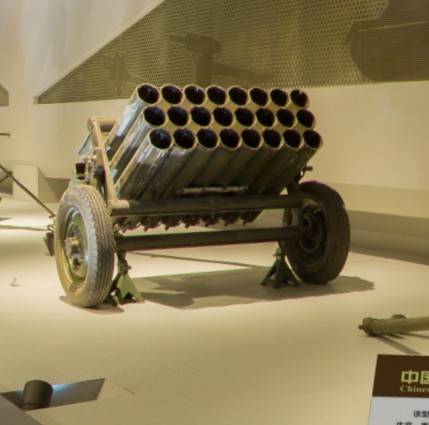
MLRS Type 58 at the Military Museum of the Chinese Revolution
The towed 24-barreled Chinese MLRS largely repeated the American T66 multiple launch rocket launcher and had a maximum firing range of 4500 m.The weight of the launcher without shells was 580 kg. In the vertical plane, guidance was provided in the range of angles from 0 ° to + 45 °, in the horizontal plane - within 20 °. The launcher was loaded from the muzzle.
By the standards of the late 1950s, the 114-mm Type 58 installation had good characteristics, but it was not widely used in the PLA. Now it is difficult to say why it happened so. Perhaps the Chinese industry has not been able to master the mass production of its own analogue of the RS M16.
MLRS Type 63
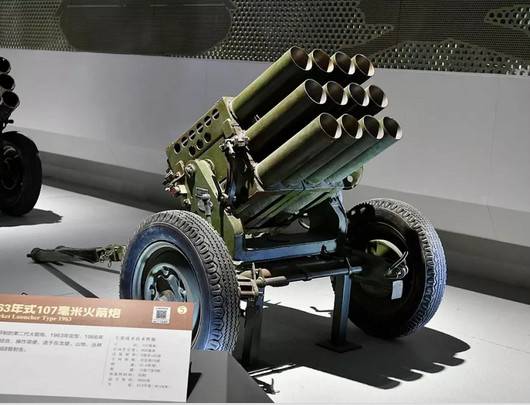
A great success of the Chinese designers was the creation of a 107-mm towed multiple launch rocket launcher Type 63. It was officially adopted by the PLA in 1963, but its deliveries to the troops actually began in the late 1960s.
A number of experts believe that the Soviet BM-63 had an impact on the appearance of the Chinese Type 14 installation and the design of rockets. However, even before the 140-mm BM-14 MLRS and its missiles were at the disposal of the Chinese specialists, China had already managed to recreate the American 114-mm T66 multiple launch rocket launcher.
One way or another, but for some reason of their own, to the detriment of the power of the warhead, the Chinese designers reduced the caliber of the towed MLRS Type 63, while the number of launch tubes was reduced to twelve.
However, the same story happened with the first independently created MLRS in the PRC Type 505 and Type 506, in which it was originally supposed to use the American 114-mm M8 rocket. But in this case, due to technological difficulties in the production of missiles, the caliber of the Chinese projectile was reduced to 102 mm. In addition, a decrease in the caliber and number of launch tubes made it possible to make the rocket launcher lighter, which in the 1960s was very important for the Chinese army, which was experiencing a shortage of mechanical means of propulsion.
From the very beginning, the creators of the towed 107-mm MLRS were tasked with making it as simple and inexpensive as possible. I must say that the Chinese designers succeeded.
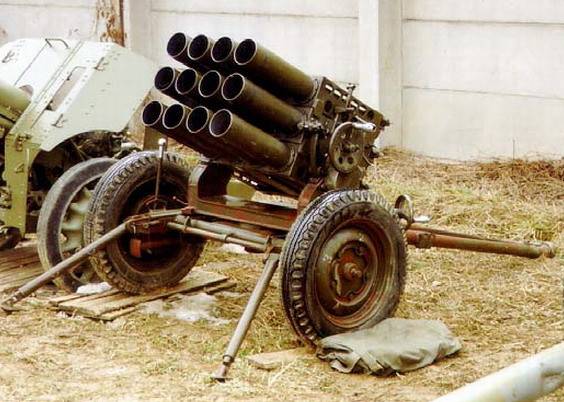
The launch tubes were mounted on a simplified and lightweight sprung carriage. The rotary machine could be directed horizontally in a sector with a width of 32 ° and vertically from 0 to 57 °. During the tests, it turned out that the installation has a tendency to jump while firing. To compensate for this phenomenon, in addition to the two sliding frames used in the stowed position for towing, reclining stops were added at the front. During firing, the installation is hung out on the stands and stops, while the wheels do not touch the ground and can be dismantled.
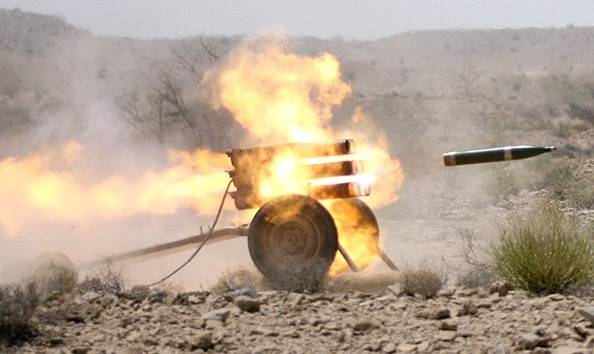
The installation turned out to be quite light and compact, its weight is 613 kg. Towing can be carried out by a light off-road vehicle, at a highway speed of up to 50 km / h.
MLRS Type 63 serves a crew consisting of 5 people, capable of recharging in 3-4 minutes. All twelve rockets can be fired within 7-9 seconds. An electric remote control is used to control the fire and there is the possibility of firing single projectiles.
MLRS Type 63 uses shells ranging from 780 to 860 mm long and weighing 18-18,8 kg. At the rear of the rocket is a solid-propellant jet engine with a sustainer nozzle and six oblique nozzles designed to rotate the projectile.
Initially, the main ammunition was considered to be a high-explosive fragmentation projectile with a warhead weighing 8,33 kg, equipped with 1,26 kg of TNT. When this projectile explodes, more than 1200 lethal fragments are formed with a guaranteed hitting radius of 13 m. in a radius of up to 1970 m, it scatters granules of white phosphorus, burning for 5 seconds.
The muzzle velocity of a standard high-explosive fragmentation projectile is 385 m / s. The maximum firing range is 8300 m. The direct fire range is up to 4000 m.
Soon after the start of mass production of the towed Type 63, a self-propelled MLRS was created on the chassis of the Nanjing NJ-230 truck (the Chinese version of the GAZ-63). Subsequently, 107-mm rocket launchers were mounted on other off-road vehicles.
In the late 1970s, an extremely lightweight collapsible installation Type 63-1, designed for paratroopers, mountain shooters and infantrymen operating in the jungle, entered service.
Currently, the Chinese Rapid Reaction Forces have a self-propelled version of the 107-mm MLRS, mounted on an ATV.
Due to the good operational and combat characteristics, as well as the low cost, Chinese 12-barreled rocket launchers are widely used.
Initially, MLRS Type 63 entered service with artillery divisions of infantry regiments. According to the staffing table of the second half of the 1970s, in addition to 120-mm mortars, each division had a jet battery equipped with six 107-mm launchers.
In the 1990s, the PLA began to consider light towed MLRS Type 63 as a means of fire support for the battalion level. Until now, several hundred 107-mm rocket launchers are in the artillery units of the airborne and mountain rifle forces of the PLA, and are also in storage.
MLRS Type 63 were popular with foreign buyers. Rocket launchers of this type were officially supplied to 13 countries, and not officially to numerous rebel groups and armed formations.
Chinese 107-mm mounts were very popular with the Afghan mujahideen. Often the rockets were fired from homemade gutters, slate roofs, or a suitably shaped rock support. It is clear that the accuracy of fire in this case was very low, but when the target was an airfield or a large military garrison, they put up with it.
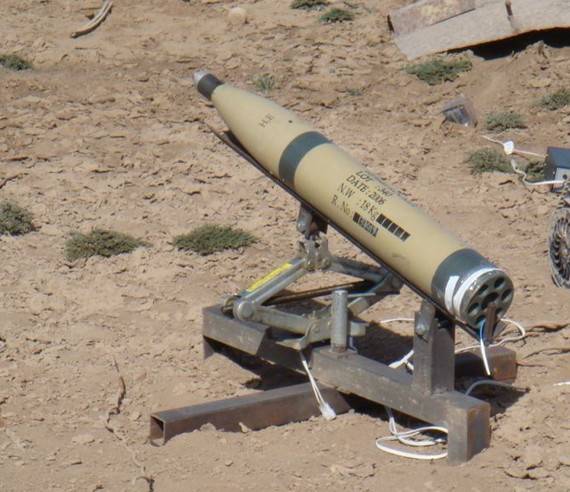
Specially commissioned by the Afghan armed opposition in the second half of the 1980s, they began to produce a single-shot installation on a light collapsible machine. Subsequently, such primitive launchers were homemade in small mechanical workshops.
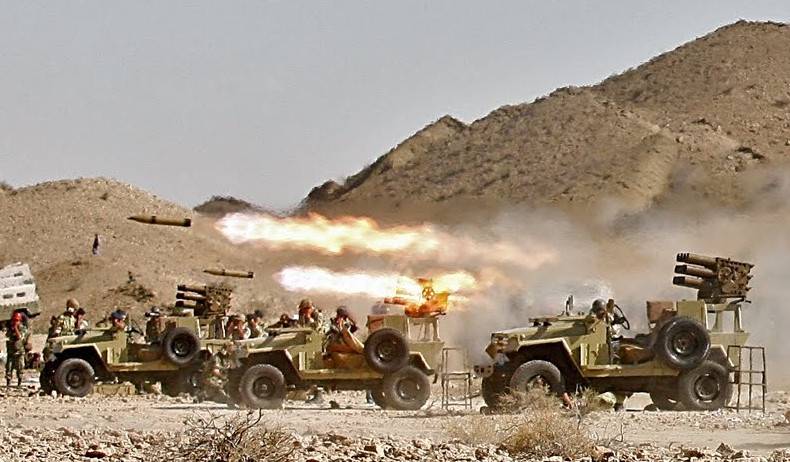
The production of Type 63 installations and rockets for them was established in the DPRK, Iran, Egypt, Sudan, South Africa, Turkey and Azerbaijan.
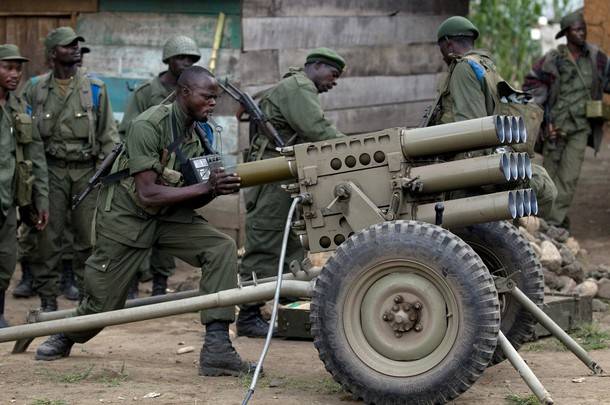
Chinese 107-mm MLRS have participated in many conflicts around the world. Despite the fact that more than 63 years have passed since the appearance of Type 50, this installation still remains relevant and in demand.
Evaluation of the effectiveness of MLRS, which were in service with the PLA in the 1950-1970s
After the end of the Korean War, in the PRC, only one MLRS, Type 63, was independently developed and launched into mass production. However, this very successful light installation, due to the relatively small firing range and mass of the projectile warhead, was a means of direct fire support for the regimental and battalion echelon. and was unsuitable for solving more serious problems.
To destroy long-term defensive structures and defeat enemy troops in places of their concentration in the 1950-1970s, the PLA had rocket artillery regiments equipped with Soviet BM-13NM and their Chinese clones - Type 50.
In the PRC, attempts were made to improve 132-mm rockets. However, it was not possible to achieve noticeable results in this direction. Almost everything that could be achieved to improve the characteristics of the feathered missiles developed in the mid-1930s was done in the USSR during the Second World War.
Theoretically, the firing range of the M-13 projectile could be increased by using more energy-intensive solid fuel, and the warhead could be equipped with explosives with greater destructive power. But the lack of experience and the weakness of the chemical industry did not allow Chinese specialists to create and implement an efficient fuel formulation. The mass production of missiles, equipped with warheads with more powerful, but also expensive explosive mixtures, turned out to be too expensive. In addition, it was not possible to eliminate the most serious drawback - too large dispersion of shells. In this regard, except for the creation of a Type 50 remote mining system based on the Type 74 MLRS, the Chinese Katyushas were operated practically unchanged until the decommissioning.
Thanks to the fact that the Soviet Union provided very large-scale assistance in the construction of Chinese heavy industry and in training personnel, by the mid-1960s, the PRC had formed the scientific and technical base necessary for the independent development of modern rockets.
But, despite the existing prerequisites, this did not happen. The main reason for the Chinese lag in the creation of MLRS was the "cultural revolution" that began in the mid-1960s. During the "cultural revolution" initiated by Mao Zedong, representatives of the cultural and technical intelligentsia were subjected to massive persecution and repression, which in turn led to an even greater scientific and technological slowdown in China, and work on new jet systems was completed only in the 1980s. ...
To be continued ...
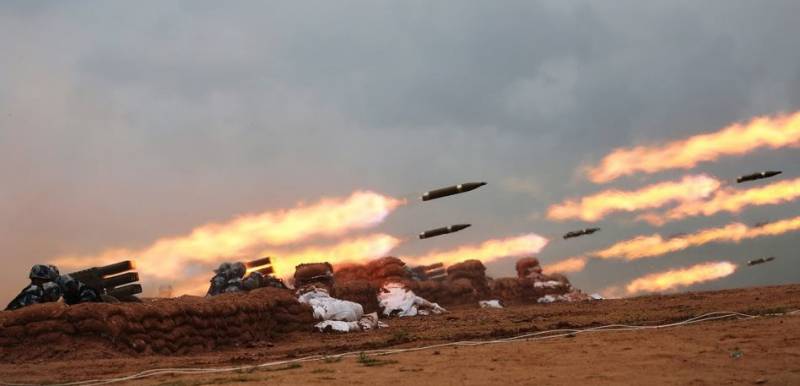
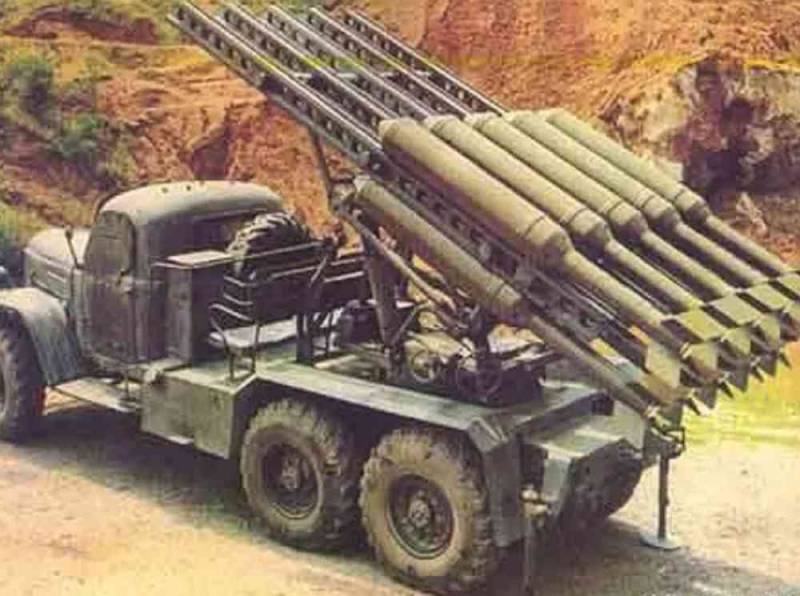
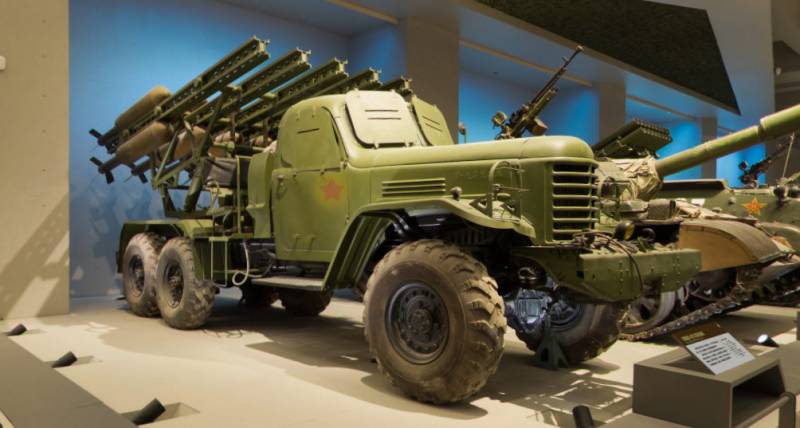
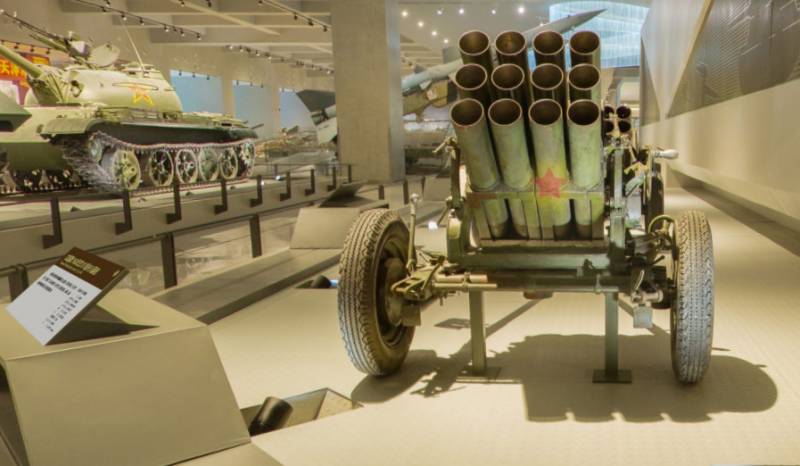
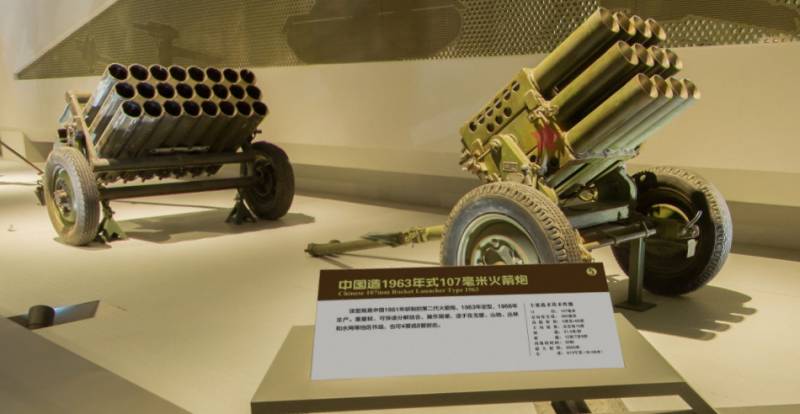
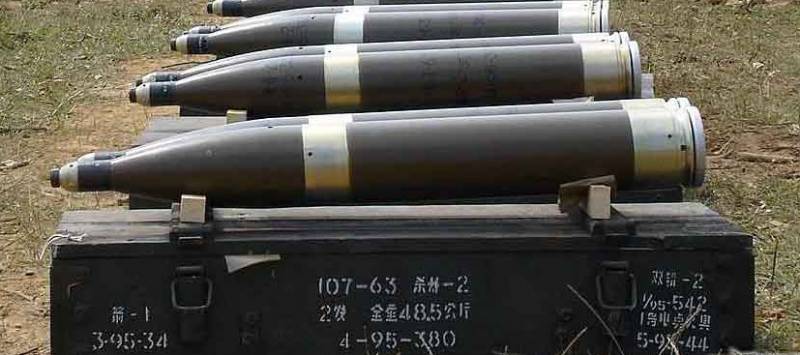
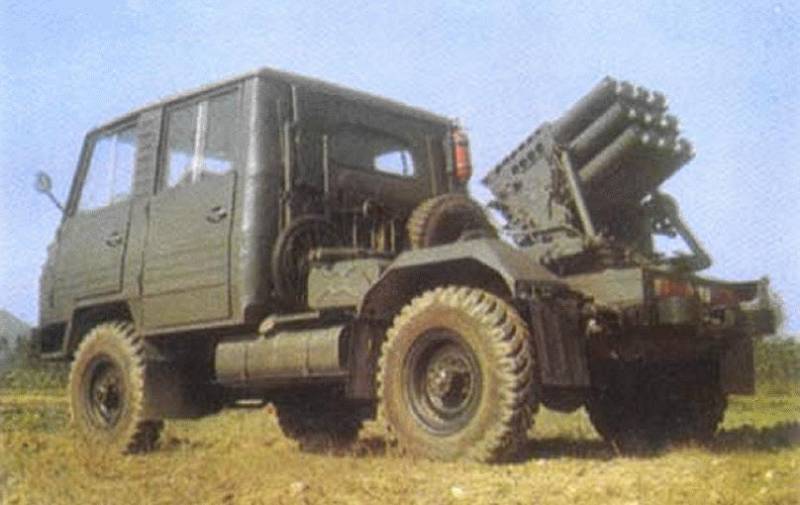
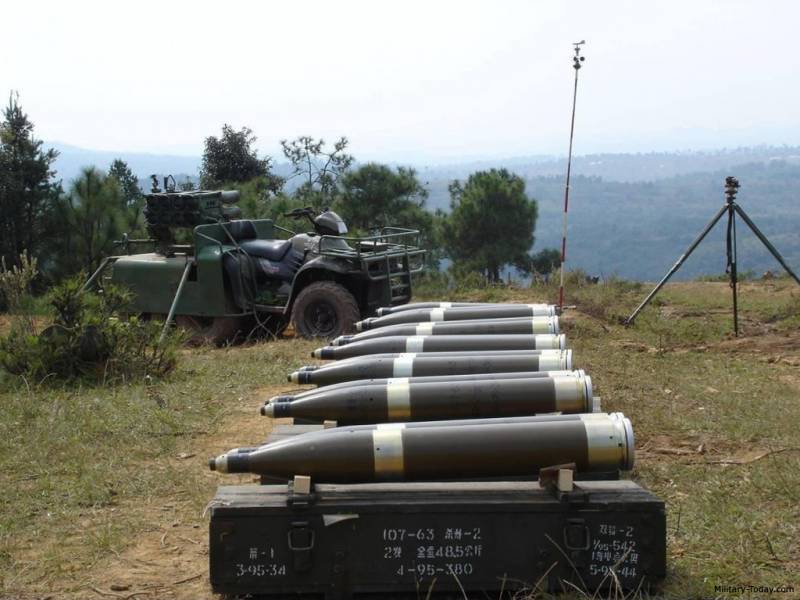
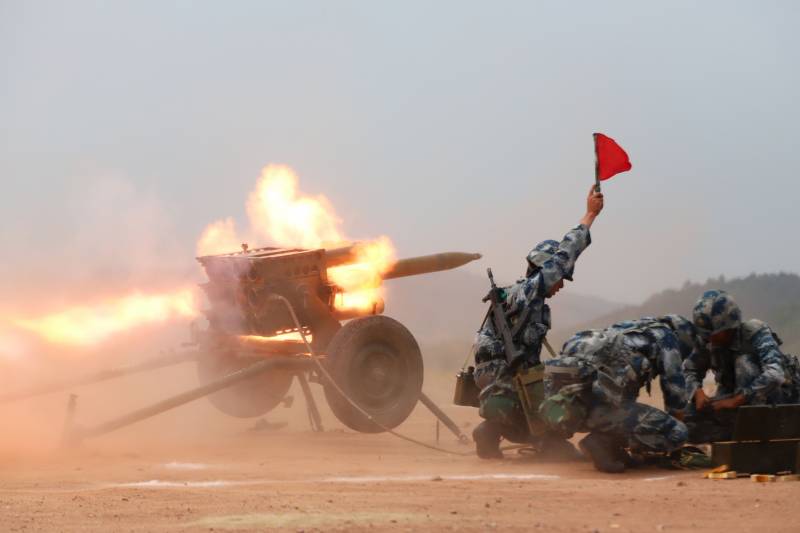
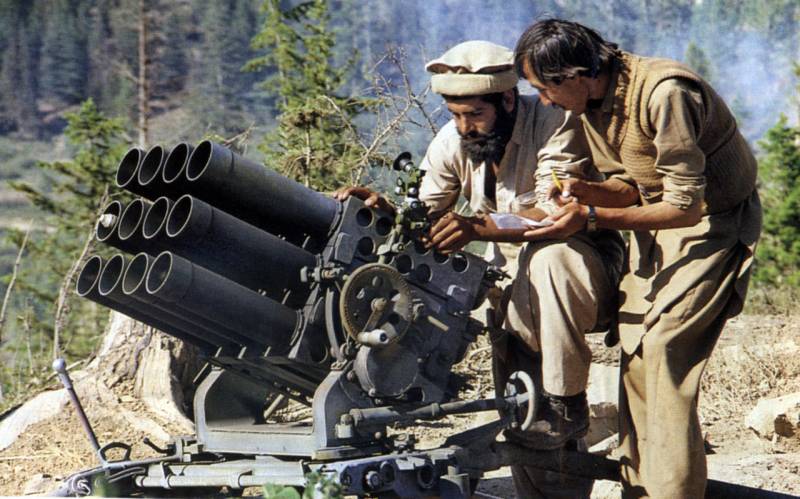
Information